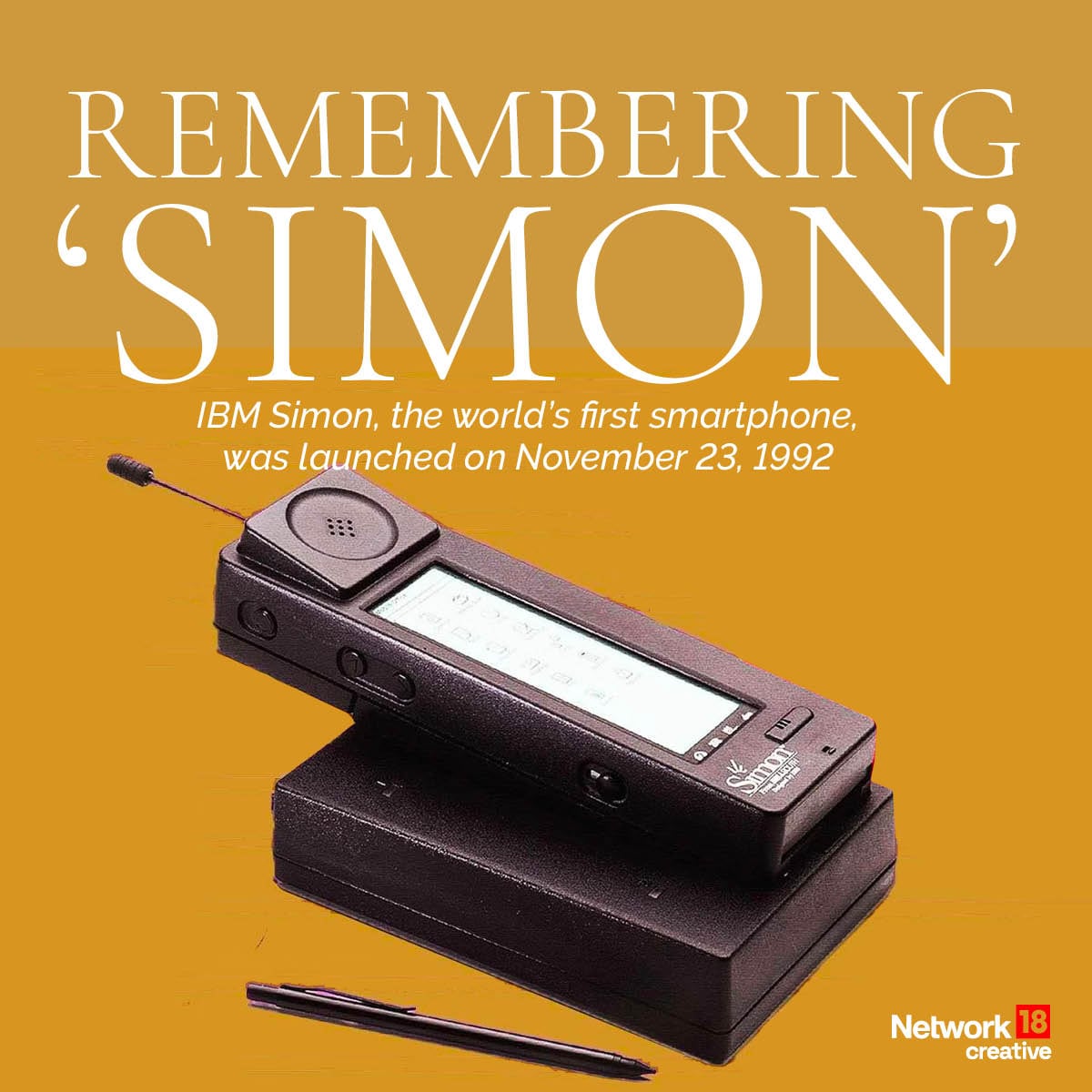Absolutely! Let’s craft a comprehensive 3000-word article about the first smartphone, the IBM Simon, while adhering to your requested HTML structure.
—
In the annals of technological evolution, certain milestones stand as pivotal turning points, marking the dawn of entirely new eras. While the sleek, powerful smartphones of today are ubiquitous, their origins trace back to a pioneering device that dared to merge the worlds of mobile telephony and personal computing: the IBM Simon. This article delves deep into the fascinating story of the Simon, exploring its conception, features, impact, and legacy.

To truly appreciate the significance of the IBM Simon, it’s essential to understand the technological landscape of the early 1990s. Mobile phones, while gaining traction, were primarily tools for voice communication. Personal digital assistants (PDAs), like the Apple Newton and PalmPilot, were emerging, offering basic organizational functions. However, the concept of a single device seamlessly integrating these capabilities was still largely a futuristic dream.
The seeds of the Simon were sown in a collaboration between IBM and BellSouth Cellular. IBM, a titan of the computing world, sought to explore the potential of mobile computing, while BellSouth, a major telecommunications provider, aimed to offer its customers enhanced communication services. The project, initially codenamed “Angler,” was led by Frank Canova at IBM.

In 1992, at the COMDEX trade show in Las Vegas, IBM unveiled a prototype of the Personal Communicator, which would later be known as the Simon. The device was a revelation, a bulky yet groundbreaking amalgamation of a mobile phone, a pager, a fax machine, and a PDA. It featured a monochrome LCD touchscreen, a stylus for input, and a suite of built-in applications.
The Simon boasted an impressive array of features for its time:
Telephone Functionality
Making and receiving calls.
Personal Digital Assistant (PDA) Features
Address book.
Messaging and Communication
Fax transmission and reception.
Applications and Expandability
Built-in applications.
The Simon’s touchscreen interface was a revolutionary departure from the button-centric mobile phones of the era. Users could navigate menus, write messages, and interact with applications using a stylus or their fingers. This intuitive interface paved the way for the touchscreen-dominated smartphones of today.
In August 1994, the IBM Simon was officially launched by BellSouth Cellular in the United States. It was priced at $899 with a two-year contract or $1,099 without. While the price was steep, the Simon garnered significant attention for its innovative features.
Initial Sales and Challenges
Sales were moderate, with approximately 50,000 units sold during its six-month availability.
The Simon was powered by a 16 MHz Intel x86-compatible processor and featured 1 MB of RAM and 1 MB of storage. Its operating system, Datalight ROM-DOS, was a modified version of MS-DOS. The device communicated over the cellular network and supported data transmission via fax and email.
Despite its limited commercial success, the IBM Simon’s impact on the evolution of mobile technology cannot be overstated. It laid the foundation for the modern smartphone by demonstrating the potential of integrating communication and computing functionalities into a single handheld device.
Pioneering the Smartphone Concept
The Simon was the first device to be marketed as a “smartphone.”
Influencing Future Technologies
The Simon’s concepts influenced the development of subsequent smartphones.
The Enduring Relevance
The Simon remains a symbol of innovation and foresight.
In retrospect, the IBM Simon was a visionary device that arrived before its time. Its limitations were largely due to the technological constraints of the era, but its core concepts were prescient. It accurately predicted the convergence of communication and computing, a trend that has shaped the modern world.
The journey from the IBM Simon to the smartphones of today has been marked by relentless innovation. Key milestones include:
The Rise of Feature Phones
Devices with enhanced features like color screens and basic internet access.
The Emergence of Early Smartphones
Devices running operating systems like Symbian and Windows Mobile.
The iPhone Revolution
Apple’s iPhone, launched in 2007, revolutionized the smartphone industry with its intuitive touchscreen interface and app ecosystem.
The Era of Modern Smartphones
Powerful devices with advanced processors, high-resolution displays, and sophisticated cameras.
The IBM Simon, though a commercial experiment, was a technological triumph. It was a bold attempt to redefine the boundaries of mobile communication and computing. Its legacy lives on in the smartphones that have transformed the way we live, work, and interact with the world. The Simon stands as a testament to the power of innovation and the enduring quest to connect and empower humanity.



